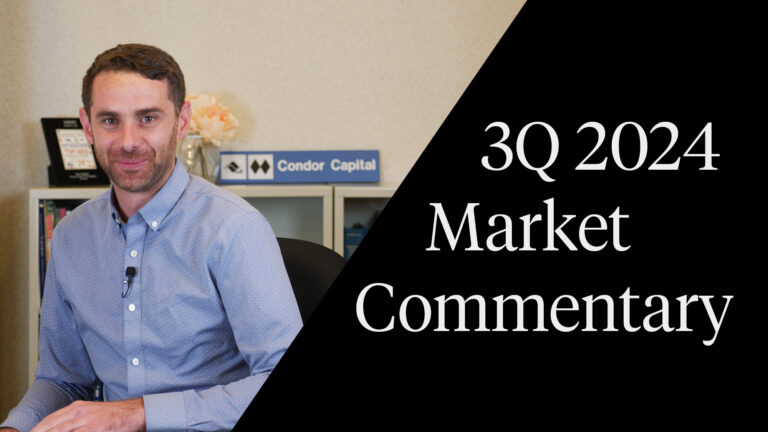Since 2009, the efforts of the Federal Reserve and other global central banks to keep interest rates down have been an essential driver of the capital markets. With the Brexit news causing even more uncertainty and leading to a broad flight-to-quality, the historically low interest rates will probably stick around for some time.
MARTINSVILLE, N.J., June 28, 2016 (GLOBE NEWSWIRE) — Since 2009, the efforts of the Federal Reserve and other global central banks to keep interest rates down have been an essential driver of the capital markets. With the Brexit news causing even more uncertainty and leading to a broad flight-to-quality, the historically low interest rates will probably stick around for some time.
In today’s low rate environment, retirees who find that their Social Security and pension are not sufficient enough to cover expenses may be tempted by the allure of high dividend stocks, at the expense of their bonds, for greater income. However, buyers beware – according to Ken Schapiro of Condor Capital Wealth Management, high dividend stocks are a dangerous alternative to bonds.
While the high dividends that stocks pay may seem like a good deal to put more money in your pockets, there are several risks associated with this investment strategy. By investing in stocks that pay high dividends, your portfolio is likely to be less diversified due to the fact that companies with high payouts are usually found in just a handful of sectors – the utilities and telecommunications sectors come to mind. Furthermore, a large percent of small company stocks do not even pay dividends, so by limiting yourself to only owning stocks that pay large dividends, you could be removing small company stocks from your portfolio, which have been solid diversifiers in portfolios over the long-term.
Dividend paying stocks are also more volatile than Treasuries or investment grade corporate bonds. Remember, stocks that pay dividends are still stocks, which means that they are susceptible to all of the factors that affect the stock market. Bonds do not carry the added risks from the stock market that dividend paying stocks do, and as a result, there have been times in history when bonds gained in the same year that stocks generated losses.
Another risk involved with owning dividend paying stocks is that their payouts can be slashed by a corporate board in tough times much faster (and arguably, with less consequences) than compared to a bond defaulting on its obligations.
Instead of focusing on higher yields, retirees should be concentrating on their portfolio’s total return. For instance, during downturns like the financial crisis of 2008, many dividend paying stocks posted negative total returns in the double digits, while bonds actually gained in value. A focus on total return acknowledges capital appreciation in addition to yield, and can also help retirees grow their investments to prevent them from outliving their money.
All-in-all, dividend paying stocks are still prone to the same risks as non-dividend paying stocks, and these risks generally surpass those of most bonds. Schapiro notes that while stocks with high dividend yields certainly have merit, you should be careful when thinking of chasing yield and considering reducing your bond exposure for these stocks. In the end, an emphasis on both stocks and bonds has served investors well over longer time frames.
For market updates and Condor Capital’s thoughts on other interesting topics, be sure to check out our blog.
Condor Capital Wealth Management
Founded in 1988, Condor Capital Wealth Management is an employee-owned, SEC-registered investment advisor based in Martinsville, N.J. employing 15 professional and support staff. Since Condor is a fee-only investment management firm, its fees are based on portfolio size, not sales commissions or number of trades. For more information on Condor Capital Wealth Management, please visit www.condorcapital.com or call 732-356-7323.



